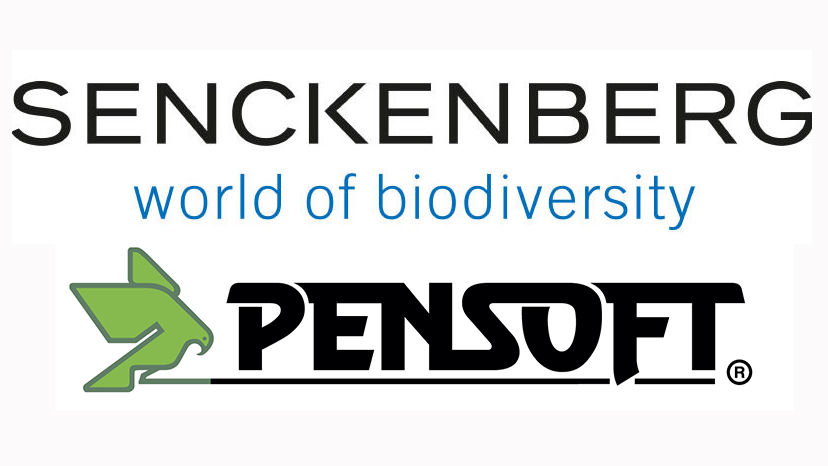Recently, the scholarly publisher and technology provider Pensoft signed with one of the largest natural research associations in Germany: the Senckenberg Nature Research Society, to publish three journals: Arthropod Systematics & Phylogeny, Vertebrate Zoology and Geologica Saxonica on behalf of the Senckenberg Natural History Collections Dresden, one of the oldest natural-science museums in the world.
Expected to move to the Pensoft-developed technologically advanced scholarly publishing platform ARPHA later in 2020, the three academic outlets will not only acquire their own glossy and user-friendly websites, but will also take advantage from ARPHA’s signature fast-track, end-to-end publishing system, which is to benefit all journal users: authors, reviewers and editors alike. In addition, the journals will use all unique services offered by ARPHA, such as data publishing, linked data tables, semantic markup and enhancements, automated export of sub-article elements and data to aggregators, web-service integrations with more than 40 world-class indexing and archiving databases, sub-article-level usage metrics, and more.
Thereby, each submitted manuscript will be carried through the review, editing, publication, dissemination and archiving stages without leaving ARPHA’s collaboration-centred online environment. The articles are to be available in PDF, machine-readable JATS XML formats, and semantically enriched HTML for better reader experience to ensure they are easy to discover, access, cite and reuse.
Arthropod Systematics & Phylogeny succeeded the historical Entomologische Abhandlungen, formerly published by the Museum of Zoology, Dresden, in 2006. Its scope covers the taxonomy, morphology, anatomy, phylogeny, historical biogeography and palaeontology of arthropod taxa.
Similarly, Vertebrate Zoology was preceded by Zoologische Abhandlungen, also formerly published by the Museum of Zoology, Dresden. It deals with research on the taxonomy, morphology, anatomy, phylogeny, historical biogeography and palaeontology of vertebrates.
Meanwhile, Geologica Saxonica – Journal of Central European Geology, began its life in distant 1876, when it was founded under the name Mitteilungen aus dem Koniglichen Mineralogisch-Geologischen und Prahistorischen Museum by German geologist Hanns Bruno Geinitz, renowned for his work on the Carboniferous and Cretaceous rocks and fossils of Saxony.
“At Pensoft, we take pride in our latest partnership with the world-renowned natural history association of Senckenberg. “We are certain that our collaboration will bring many advantages to the research community: readers, authors and their affiliates alike,”
comments Pensoft and ARPHA’s founder and CEO Prof. Lyubomir Penev.
Senckenberg is not the first prestigious German research institution to enter into an agreement with Pensoft. Since 2014, the Natural History Museum Berlin has trusted the publisher with its own historical titles in the Biology domain: Deutsche Entomologische Zeitschrift and Zoosystematics and Evolution. In 2017, Evolutionary Systematics, another prominent journal with a legacy in the field of Zoology by the University of Hamburg followed suit. Zitteliana, a historical scholarly journal covering all fields of paleontology and geobiology by the State Natural History Collection of Bavaria (SNSB) is to also join the journal portfolio of Pensoft and ARPHA Platform in the next months.
###
About Senckenberg:
Senckenberg, Research Institutes and Natural History Museums, conduct research in bio- and geoscience. Major research fields are biodiversity and ecosystem research and the research on the entire Earth-Human-Earth system. Senckenberg headquarters are located in Frankfurt am Main, but research on marine, terrestrial and climate systems is also housed at additional nine locations throughout Germany: in Dresden, Gelnhausen, Gorlitz, Hamburg, Messel, Muncheberg, Tubingen, Weimar and Wilhelmshaven. Senckenberg employs about 1,000 people, including 300 scientists. Senckenberg scientists are active in projects worldwide, most of which are international collaborations with universities and other research institutions. Senckenberg hosts biological and geological research collections with more than 35 million series.

